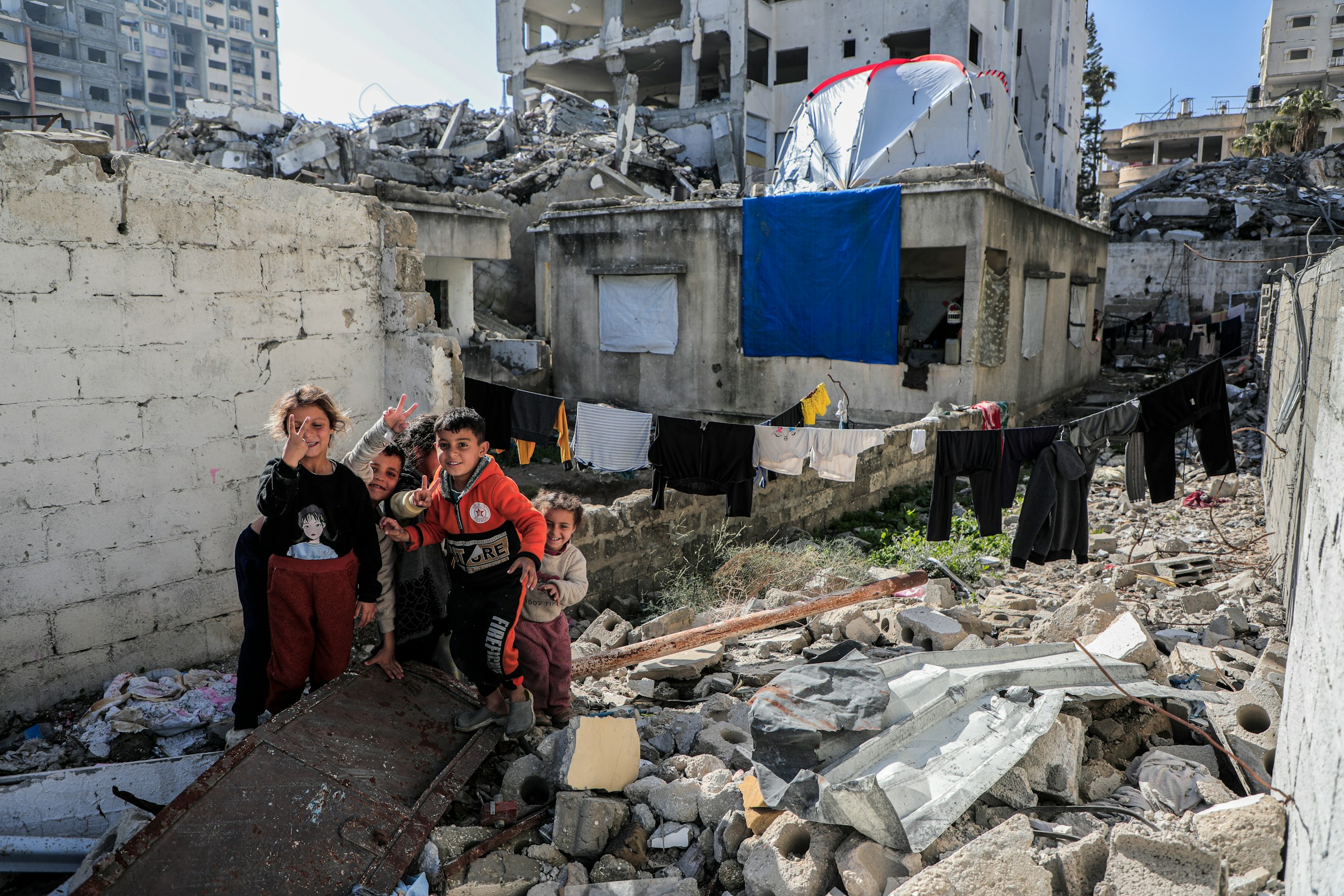The enduring conflict between Israel and Hamas is often misread through the lens of peace process failure or humanitarian urgency. But those framings distract from the core reason the fighting never truly stops: this is a conflict locked in by asymmetric strategic incentives, regional deterrence postures, and increasingly irreconcilable definitions of victory.
This isn’t a matter of missed diplomatic opportunity. It’s a conflict structure built for recurrence. And from a macro-regional perspective, both sides are signaling more deeply entrenched capital and power logic—not less.
Each round of escalation is not merely tolerated but operationally useful to at least one side. For Hamas, violent provocation serves three core functions: it asserts relevance in the Palestinian political landscape, forces attention back to Gaza’s humanitarian crisis, and positions the group as a symbol of resistance in a regional narrative that transcends borders. Its attacks invite predictable—and devastating—Israeli retaliation, which then bolsters its appeal to anti-Israel and anti-Western constituencies across the Arab world.
For Israel, retaliatory operations are no longer solely defensive; they are strategic performance. Strikes into Gaza are not just deterrent messaging to Hamas, but a broader reaffirmation of Israel’s military dominance to its regional adversaries—Iran, Hezbollah, and beyond. Israeli leadership also faces domestic pressure to demonstrate control, especially as coalition politics grow more fragile. The cost of inaction, in political terms, is often higher than the cost of war.
Israel is not merely responding to Hamas—it is also shaping the risk calculus for Tehran and its proxies. Every Iron Dome interception, every pinpoint airstrike, is a signal to adversaries beyond Gaza. Deterrence in this region is not static; it is constantly performed. And Israel’s strategic communication relies not on diplomatic press conferences but on the visible destruction of enemy assets.
Hamas, for its part, relies heavily on regional patronage. Iranian funding, Qatari negotiation channels, and Egyptian mediation all form part of its broader survival strategy. The group does not expect to “win” militarily. Its goal is to remain indispensable to any future Palestinian political order—something it achieves not by ceasing hostilities but by ensuring it is at the center of them.
Ceasefires are routinely brokered, then broken. This is not diplomatic failure—it is a function of how capital and political attention are distributed. Each truce allows for replenishment of both financial and symbolic capital: humanitarian aid flows back in, political actors reset, and factions regroup. Crucially, the international system plays into this cycle. Donors respond to humanitarian catastrophe with aid injections, not with structural deterrence mechanisms.
This has created a paradox where violence becomes part of a broader capital cycle. Both Hamas and Israel are able to reconstitute strength—military or political—in the lulls between conflict. Without enforcement architecture that holds either side accountable for violating ceasefire terms, the incentives to restart hostilities eventually overpower those to maintain quiet.
For Israel, continued military operations in Gaza are costly but sustainable. It has the economic, logistical, and technological infrastructure to wage war while keeping daily civilian life intact within much of its territory. For Hamas, operating from a blockaded and densely populated enclave, the costs are catastrophic—but not existential. The group has embedded itself in civilian areas and continues to function under conditions that would collapse most conventional militaries.
The asymmetric nature of suffering means international pressure tends to concentrate on Israel’s actions, even when Hamas initiates violence. But this pressure rarely converts into structural changes in how the conflict is governed. Neither side sees a strategic rationale for changing course—because neither side sees credible external enforcement or diplomatic alternatives that reflect their minimum demands.
This is no longer a conflict oriented toward resolution. It is one that functions as a perpetual signal. For Hamas, each rocket is a claim to legitimacy. For Israel, each airstrike is a declaration of deterrence capacity.
Even the regional actors who broker ceasefires—Egypt, Qatar, the UN—operate within the same logic. They are not solving the conflict; they are managing it. And in doing so, they help perpetuate the very conditions that allow it to continue.
The Israeli-Hamas conflict does not persist because peace is impossible. It persists because strategic utility, political capital, and regional deterrence all benefit—at least temporarily—from each return to violence. And until those incentives change, the fighting won’t stop. Not because it can’t. But because, for now, it serves too many purposes.














